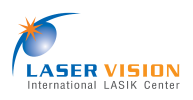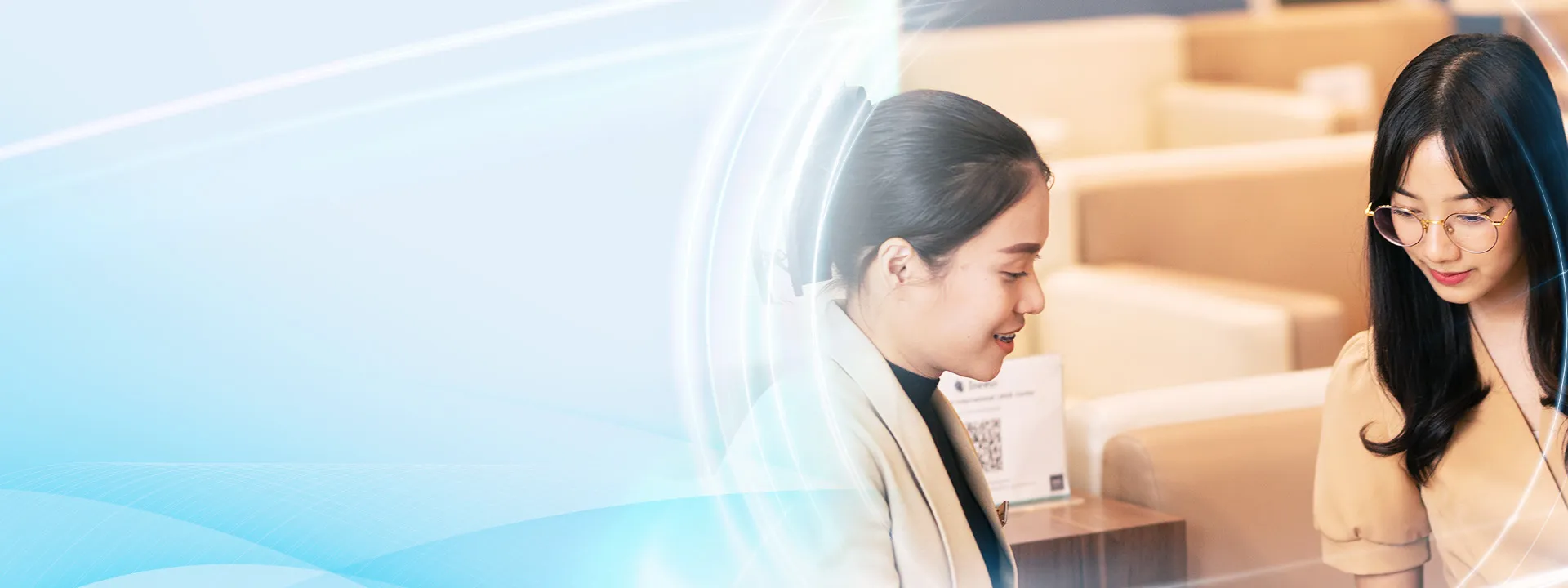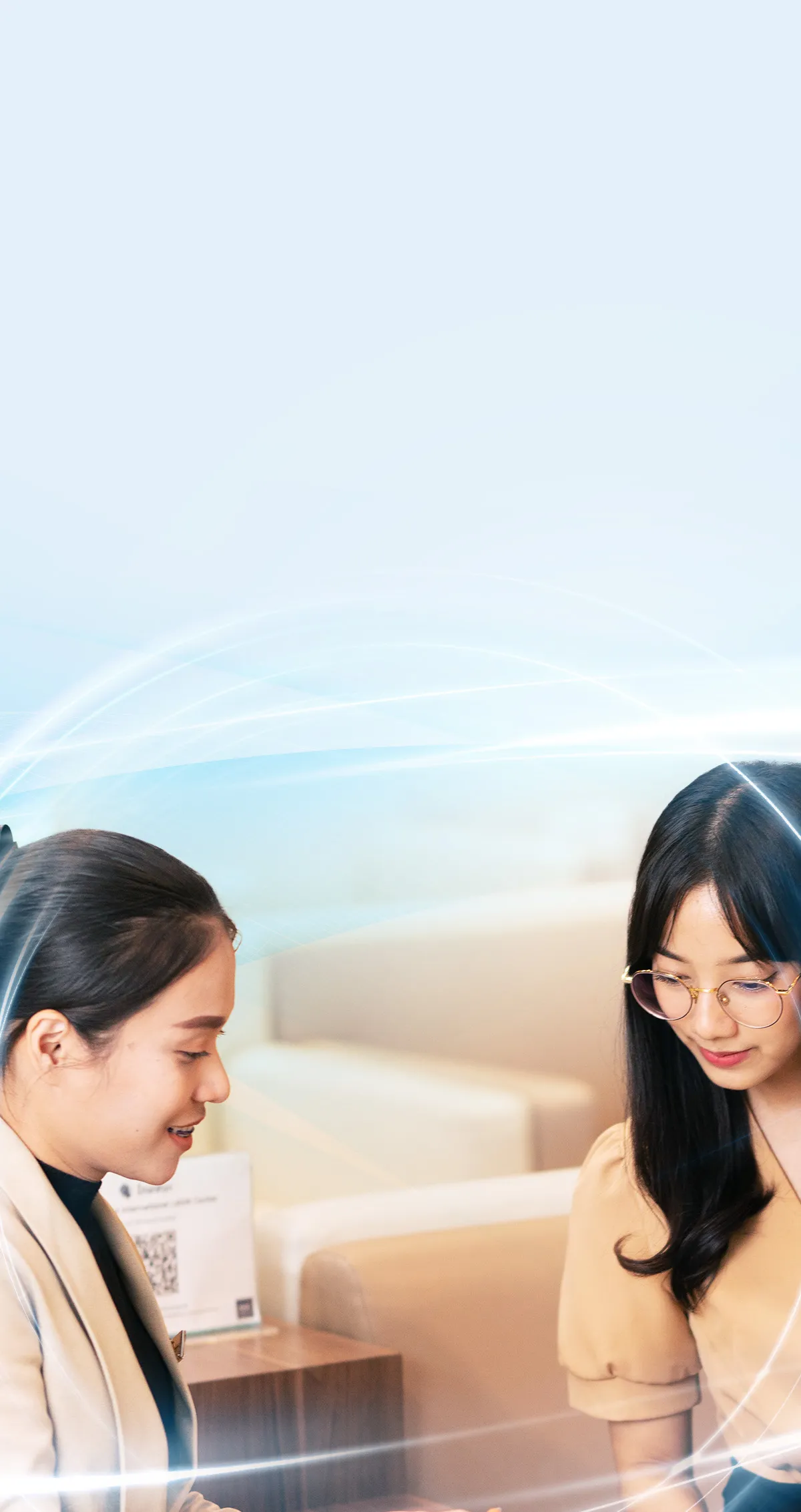Laser Vision
NanoRelex: The Latest Breakthrough in LASIK Technology with AI Precision"
NanoRelex: The Latest Breakthrough in LASIK Technology with AI Precision"
Are you considering vision correction options for yourself or a loved one? Don't miss out on NanoRelex, the cutting-edge LASIK technology hailing from Switzerland, now enhanced with Artificial Intelligence (AI) for exceptional results.
What Is NanoRelex?
Let's begin by exploring the realm of LASIK procedures. LASIK, short for Laser In-Situ Keratomileusis, is a proven vision correction technique that employs laser technology to restore clear vision for individuals with nearsightedness, farsightedness, or astigmatism. With over two decades of history, LASIK has evolved, yet the traditional approach involves a microkeratome blade for corneal flap creation, followed by corneal reshaping using a laser. Post-surgery, it's common to visualize patients wearing eye shields for several days.
FemtoLASIK is a more advanced option that replaces the blade with a femtosecond laser to create the corneal flap and excimer laser reshaping, delivering precise results and rapid recovery. Patients can bid farewell to eye shields in as little as one night. Another option, ReLEx SMILE, builds upon FemtoLASIK by employing Femtosecond Laser technology to create 3D lenticules within the cornea. These lenticules are extracted through small incisions (2-4mm) without the use of an Excimer Laser, significantly reducing recovery time.
The Next Frontier: NanoRelex The term "the latest" is about to take on a new meaning as Laser Vision introduces the most recent Swiss innovation: NanoRelex. This technology leverages the power of Artificial Intelligence, utilizing minimal nanojoules of energy for the procedure. Patients experience minimal discomfort during surgery, and an advanced eye-tracking system ensures unparalleled precision. With super small corneal layer opening and closing processes, the surgery time is significantly reduced. Furthermore, post-surgery discomfort is minimal, and the small corneal incision (2-3mm) heals within 24 hours. It's a game-changer, offering not only superior results but also time-saving benefits.
Laser Vision
NanoLASIK: Revolutionizing Vision Correction for Swift Recovery
NanoLASIK: Revolutionizing Vision Correction for Swift Recovery
If you're grappling with vision problems and have opted for LASIK, NanoLASIK, the latest Swiss innovation, could be the game-changer you're seeking. With nanotechnology at its core, NanoLASIK promises a quick recovery, ensuring you swiftly regain clear vision. When it comes to vision issues, eyeglasses and contact lenses are common remedies. However, they can be inconvenient, leading to situations like misplacing your glasses or experiencing discomfort with contacts. This is where LASIK, a vision correction procedure, shines as a long-term solution for significantly improving your eyesight.
Understanding LASIK:
LASIK, short for Laser In-Situ Keratomileusis, is a medical marvel using laser technology to correct various vision problems, including myopia, hyperopia, and astigmatism. It's known for its convenience, safety, and rapid results. LASIK comes in different variants, but generally, LASIK refers to a method that involves creating a corneal flap with a microkeratome blade and then using an excimer laser for precise corneal reshaping. The flap is repositioned afterward.
Decoding FemtoLASIK:
FemtoLASIK, or Femto for short, is an advanced vision correction technique that replaces the microkeratome blade with femtosecond laser technology for corneal flap creation. Subsequent steps involve employing an excimer laser for corneal reshaping, offering superior precision throughout the process and usually requiring a short recovery period of 2-3 days.
Introducing NanoLASIK:
NanoLASIK is the latest milestone in vision correction, building upon the advancements of FemtoLASIK. NanoLASIK utilizes low-energy nanosecond lasers with nanometer-level precision, augmented by artificial intelligence (AI) systems to prevent corneal movement. This groundbreaking approach eliminates the need for excessive corneal tissue removal, making it ideal for individuals with higher degrees of myopia. What's more, NanoLASIK prioritizes patient comfort and recovery, with most individuals experiencing a rapid, one-day recovery. This cutting-edge technology offers a renewed and clearer world, granting individuals the freedom to resume their regular activities, all under the care of experienced medical professionals.
Laser Vision
"Sunglasses: How to Choose a Quality Eyewear for Eye Health"
"Sunglasses: How to Choose a Quality Eyewear for Eye Health"
The quality of sunglasses varies, and opting for cheaper options may harm your eye health. This is because the materials used for making sunglasses don't always meet standards, leading to low-quality lenses. Some sunglasses have plastic lenses with low-quality films, while others are made from regular glass, which can distort your vision over time.
For individuals who frequently face bright sunlight, like when driving during midday, playing sports, or working outdoors, it's essential to select polarized sunglasses. These sunglasses are made with polarized plastic lenses that reduce reflected light, preventing eye strain and cutting glare effectively. Additionally, they reduce glare from roads and help prevent eye fatigue during prolonged sun exposure.
Sunglasses today also come in various tint options suitable for different environments. For instance, when at the beach or in the mountains, sunglasses with a green-gray lens can provide clear and sharp vision even on hazy days. These lenses work like fog lights on a car, enhancing visibility in hazy conditions, and helping you see your surroundings clearly.
Choosing the best sunglasses requires considering several factors:
Lens Material: Look for lenses with a melanin component, as they absorb dangerous light and ensure comfortable vision. Quality sunglasses should absorb 100% of UV-B and UV-A rays without distortion.
Lens Color: The most popular lens tint is green-gray since it effectively filters light and causes minimal eye strain. This lens type is suitable for intense sunlight exposure. Brown-yellow lenses may slightly distort colors, but they are perfect for late afternoon or hazy days.
Frame Shape and Fit: Opt for sunglasses that suit the shape of your face, ensuring a comfortable fit. They should neither be too tight nor too loose, preventing discomfort and slipping.
How long should you keep your sunglasses?
Consider replacing your sunglasses every 2 years.
For individuals with prominent cheekbones, avoid oversized sunglasses that cover your cheekbones.
If you're unsure about which sunglasses to choose, opt for aviator-style glasses, as they suit almost all face shapes.
The most suitable sunglass shape is one that contrasts with your face shape.
Sunglasses with brown lenses are suitable for individuals with nearsightedness, while green lenses are preferable for those with farsightedness.
Opt for quality over aesthetics when selecting sunglasses, ensuring they offer adequate protection for your eyes.
By considering these factors, you can choose sunglasses that not only enhance your style but also provide the best protection for your eyes.
Laser Vision
How to Take Care of Your Eyes When Sitting in Front of a Computer for Extended Periods
How to Take Care of Your Eyes When Sitting in Front of a Computer for Extended Periods
For those who use a computer regularly, taking basic care of your eyes is essential. Here's what you need to do:
Proper Posture: Ensure that you sit correctly for computer use. Position your chair and monitor so that your eyes are slightly above the screen, which will prevent you from tilting your head to look at the computer.
Monitor Placement: Avoid placing your computer monitor with bright light coming from behind it. Excess backlighting can make you strain to see the screen. If your computer is near a window, consider using curtains to adjust the lighting when working.
Blink Regularly: Every 10-15 minutes, take a moment to blink your eyes while looking at the screen. This can help reduce eye dryness, irritation, and fatigue. If you experience excessive dryness, you can use artificial tears to soothe your eyes.
Take Short Breaks: After 40-60 minutes of computer use, take short breaks to relax your eyes. Gaze into the distance to relieve eye strain. Focusing on a distant green object, like trees or grass, can be helpful.
Eye Exam: If you notice that you're squinting, straining, or frequently experiencing eye discomfort, it could be a sign of vision problems such as nearsightedness, farsightedness, or astigmatism. In such cases, consult an eye doctor for a comprehensive eye examination to identify the cause of the issue.
Taking these steps will help protect your eye health when using a computer for extended periods. Remember that caring for your eyes is vital for overall well-being.
Laser Vision
Understanding Glare and its Impact on Vision
Understanding Glare and its Impact on Vision
Glare is a characteristic of light that scatters from its source, forming distinct rays or circles. This effect is often observed in relatively dimly lit environments and is less likely to occur in well-lit surroundings. Glare tends to be more pronounced at night and is frequently encountered by individuals with untreated nearsightedness.
For those experiencing glare, it can be particularly bothersome in dark conditions, potentially causing discomfort and a sense of insecurity, especially while driving at night. Therefore, it's advisable to avoid nighttime driving if you're affected by glare. Alternatively, you may consider using anti-glare glasses or applying eye drops to alleviate the condition and improve your night vision.
** Experiencing glare in well-lit environments and having halos around lights may indicate the onset of cataracts. In such cases, it is essential to promptly consult an ophthalmologist to identify the underlying cause and explore potential treatments. **
Understanding glare and its implications for vision is crucial, as it can significantly impact one's ability to see clearly and safely, particularly in low-light conditions. Seeking professional advice is essential for managing glare-related issues and maintaining optimal eye health.
Laser Vision
Understanding Light and Vision of the Human Eye
Understanding Light and Vision of the Human Eye
Understanding How We See Objects
Our ability to see objects is a result of light interacting with various objects, reflecting into our eyes through the eye's lens, and entering the retina located at the back of the eye. This process allows us to perceive images that the brain interprets as the objects we see.
The human eye can perceive light with a vast range of intensity, from the dim glow of a candle in complete darkness to the intense brightness of midday sunlight, which is more than ten times brighter. Additionally, our eyes can adapt to distinguish shapes and details in various light intensities, even when dealing with tiny, intricate characters.
This remarkable adaptability is achieved through the adjustment of the pupil, the dark, circular opening at the center of the eye. The pupil regulates the amount of light entering the eye, expanding in dim lighting conditions and contracting in bright light. By doing so, it optimizes the amount of light reaching the retina, allowing us to see clearly and comfortably.
In essence, our eyes act as highly efficient light receptors, capturing and processing light to provide us with a comprehensive understanding of our surroundings. The information received by our eyes is transmitted to the brain through the optic nerve, which decodes and interprets the data into the images of the objects we see.
Understanding the complexities of the human eye's visual system helps us appreciate the remarkable capabilities of this vital sensory organ and how it enables us to navigate and interact with the world around us. Whether in the dimmest darkness or the brightest sunlight, our eyes continuously adapt to provide us with the gift of vision.
Location
Laser Vision International LASIK Center
49/5 Laser Vision Building Ratchadaphiseak 48 Alley Ratchadaphiseak Rd. Ladyao Subdistrict Chatujak District Bangkok 10900 Thailand



